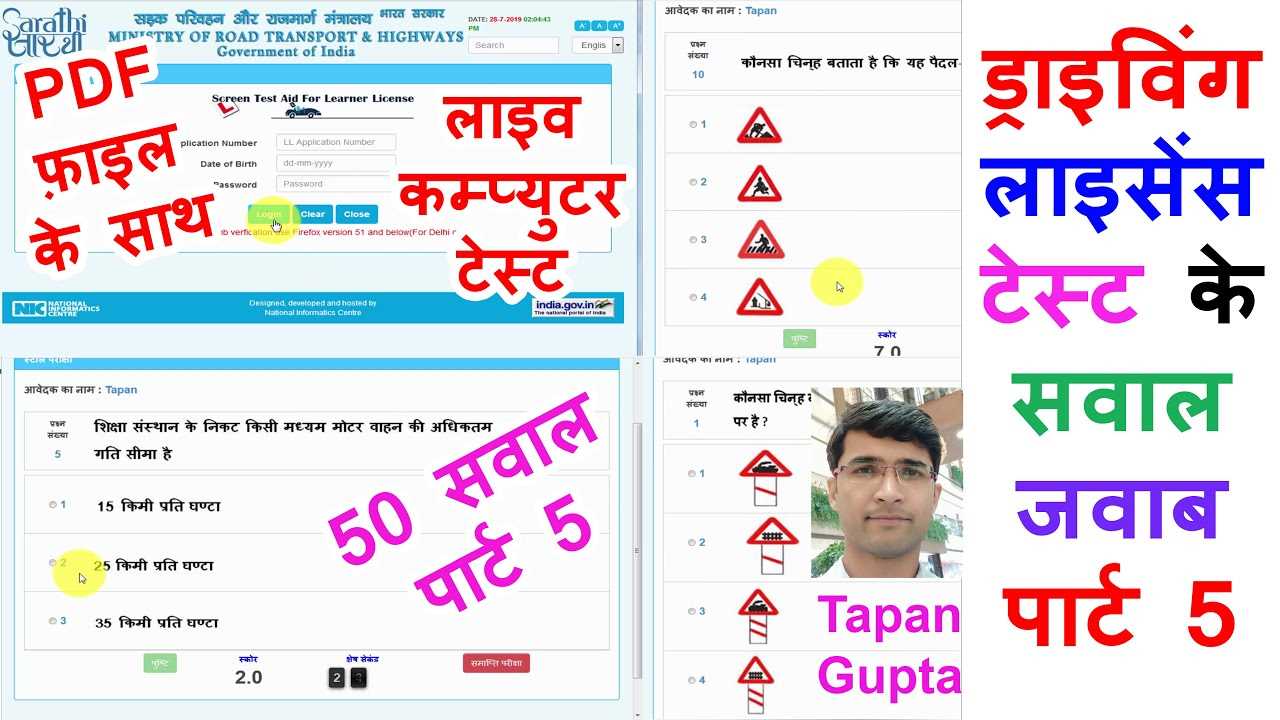
Before getting behind the wheel, it’s important to familiarize yourself with the essential concepts and rules that govern safe driving. A clear understanding of regulations, road signs, and safe driving practices ensures that you can navigate through the challenges of a practical examination with ease.
Understanding Key Topics
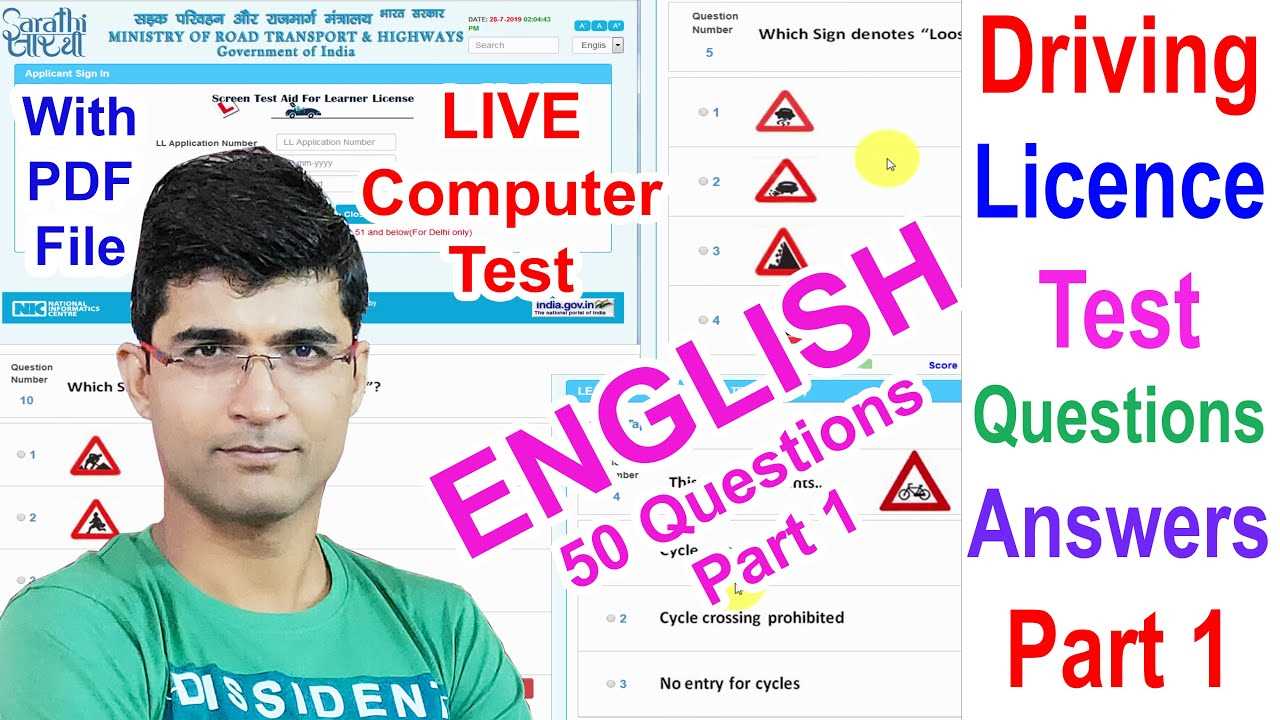
Knowing the fundamentals is the first step towards success. Focus on important topics such as road signs, vehicle control, and basic safety measures. These subjects are crucial for anyone aiming to operate a vehicle on public roads.
Road Signs and Regulations
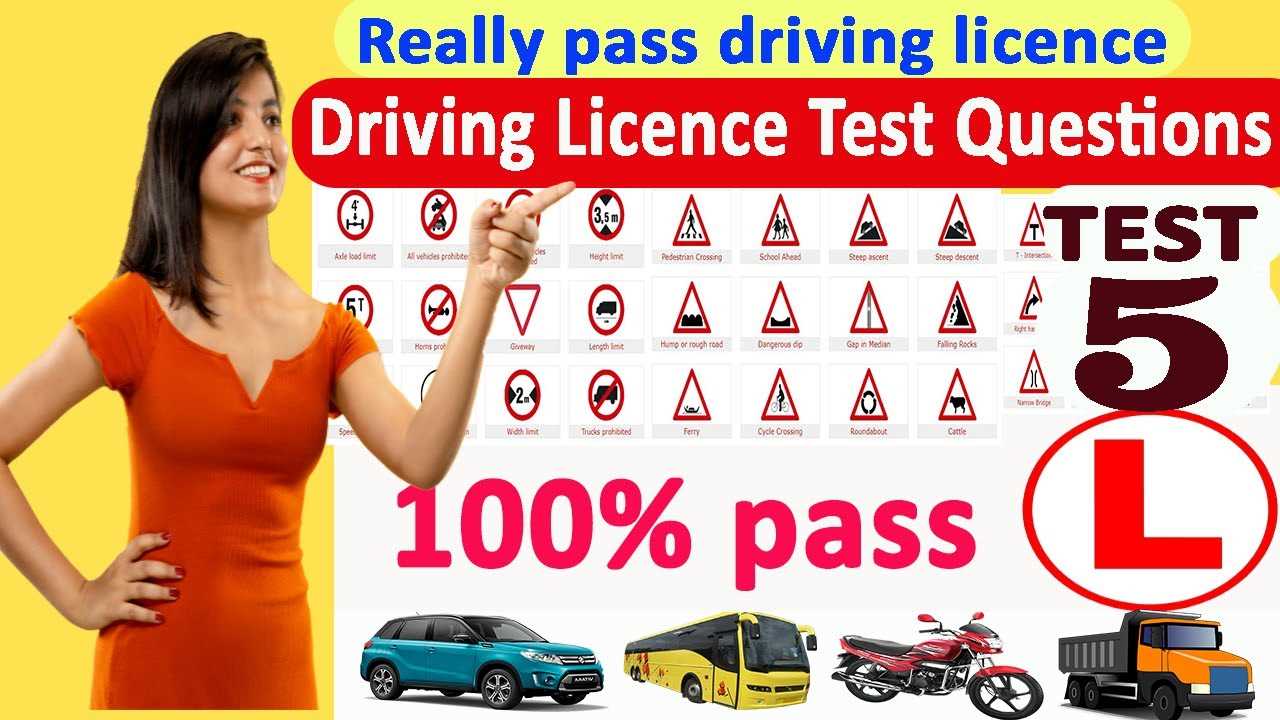
- Stop signs: Always yield to other drivers and pedestrians when you encounter a stop sign.
- Speed limits: Follow posted speed limits and adjust according to road conditions.
- Warning signs: Be prepared to slow down or take caution when you see specific alerts such as curves or obstacles ahead.
Vehicle Operation Skills
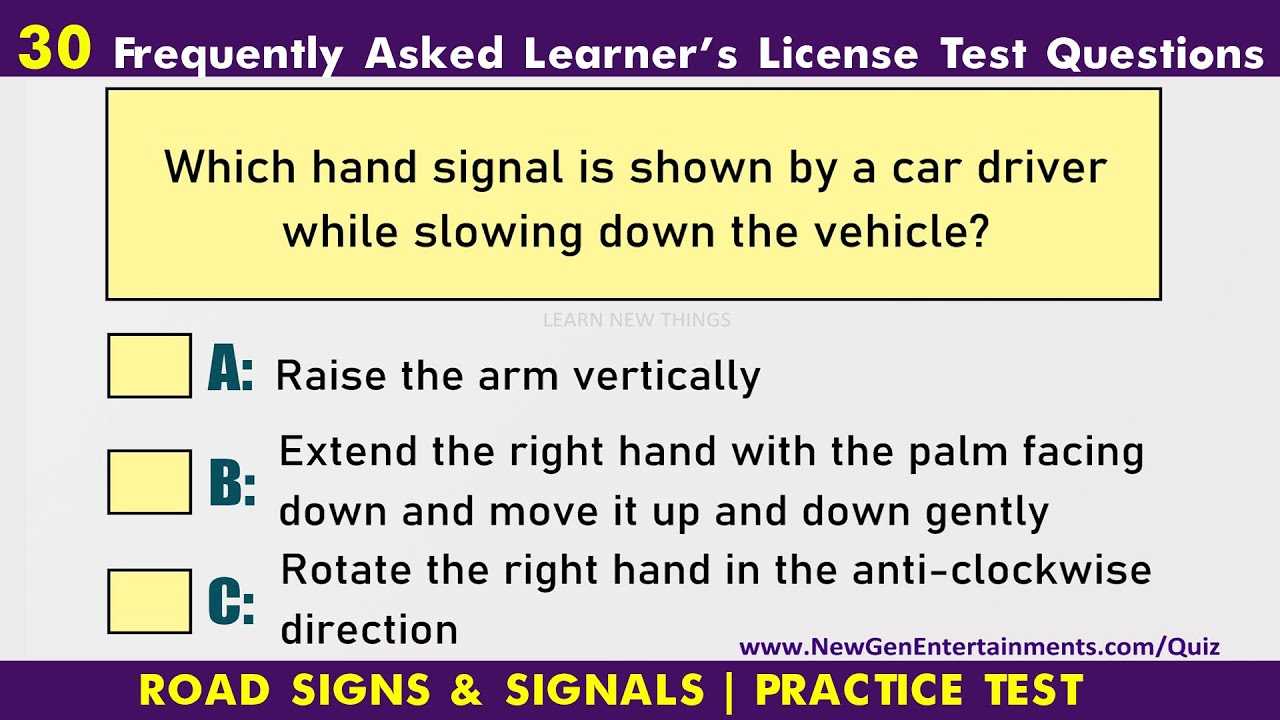
- Parking: Practice parking in various conditions to demonstrate full control of your vehicle.
- Turn signals: Always use turn signals to indicate your intentions to other road users.
- Lane changes: Always check mirrors and blind spots before making any lane change.
Mastering the Knowledge Portion
Aside from physical control, the theoretical part evaluates your understanding of driving laws. Questions often revolve around safe driving techniques, traffic rules, and your ability to make sound judgments on the road.
Review Key Rules and Guidelines
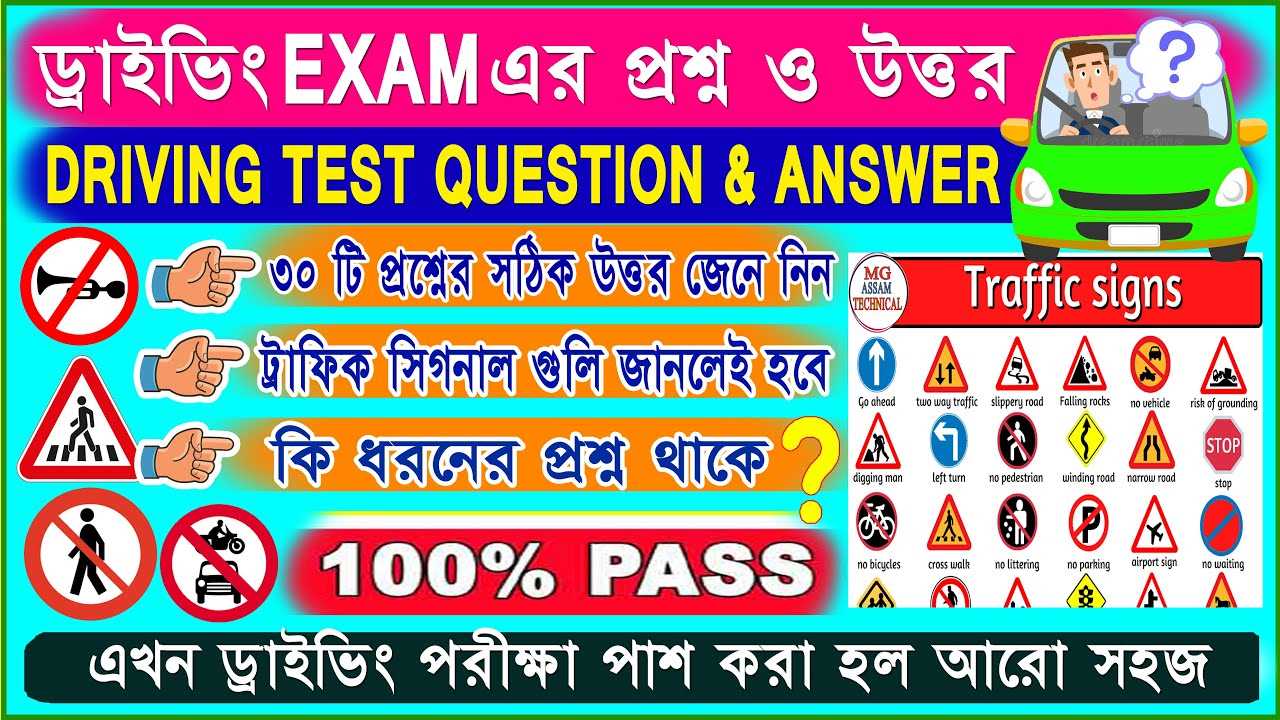
- Right of way: Know when to yield, especially at intersections and roundabouts.
- Pedestrian safety: Always give way to pedestrians at crosswalks.
- Speed limits in different areas: Be aware of varying speed limits in residential, urban, and rural zones.
Confidence and Preparation
While the practical portion focuses on vehicle handling, a solid foundation in theoretical knowledge can make a significant difference. This approach will prepare you for the evaluation process and increase your chances of success.
Essential Evaluation Topics
Successfully navigating through the examination process requires a deep understanding of various road regulations, vehicle operation techniques, and practical skills. Preparation is key to performing well in both theoretical and hands-on assessments.
Understanding Road Signs and Signals
Mastering road signs and traffic signals is crucial for ensuring safety on the road. These symbols provide vital information about speed limits, intersections, and other critical driving conditions. It’s important to recognize these signs quickly and accurately during the evaluation.
- Regulatory signs: Indicate rules such as speed limits and stop requirements.
- Warning signs: Signal potential hazards or changes in road conditions, like curves or pedestrian crossings.
- Guidance signs: Direct you to specific routes or destinations.
Preparation Tips for Written Assessments

Before taking the written portion, it’s beneficial to review common topics such as road safety, vehicle control, and the rules of the road. Familiarize yourself with frequently asked questions to increase your chances of success.
- Study traffic laws: Understand basic regulations to avoid confusion during the evaluation.
- Know safety guidelines: Prepare for questions about what to do in specific situations, such as emergency braking or approaching an accident.
- Be aware of local traffic conditions: Review specific driving rules relevant to your area.
Incorporating these essential skills into your routine will help you feel confident and prepared for both the theoretical and practical assessments.